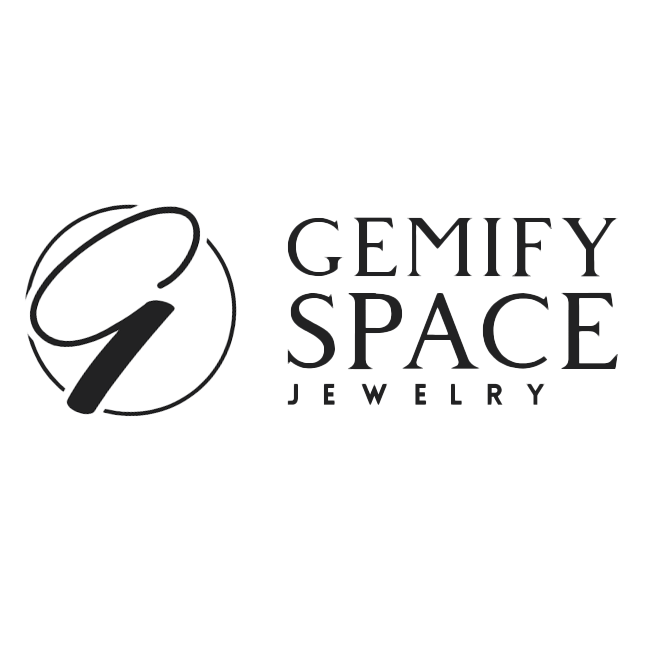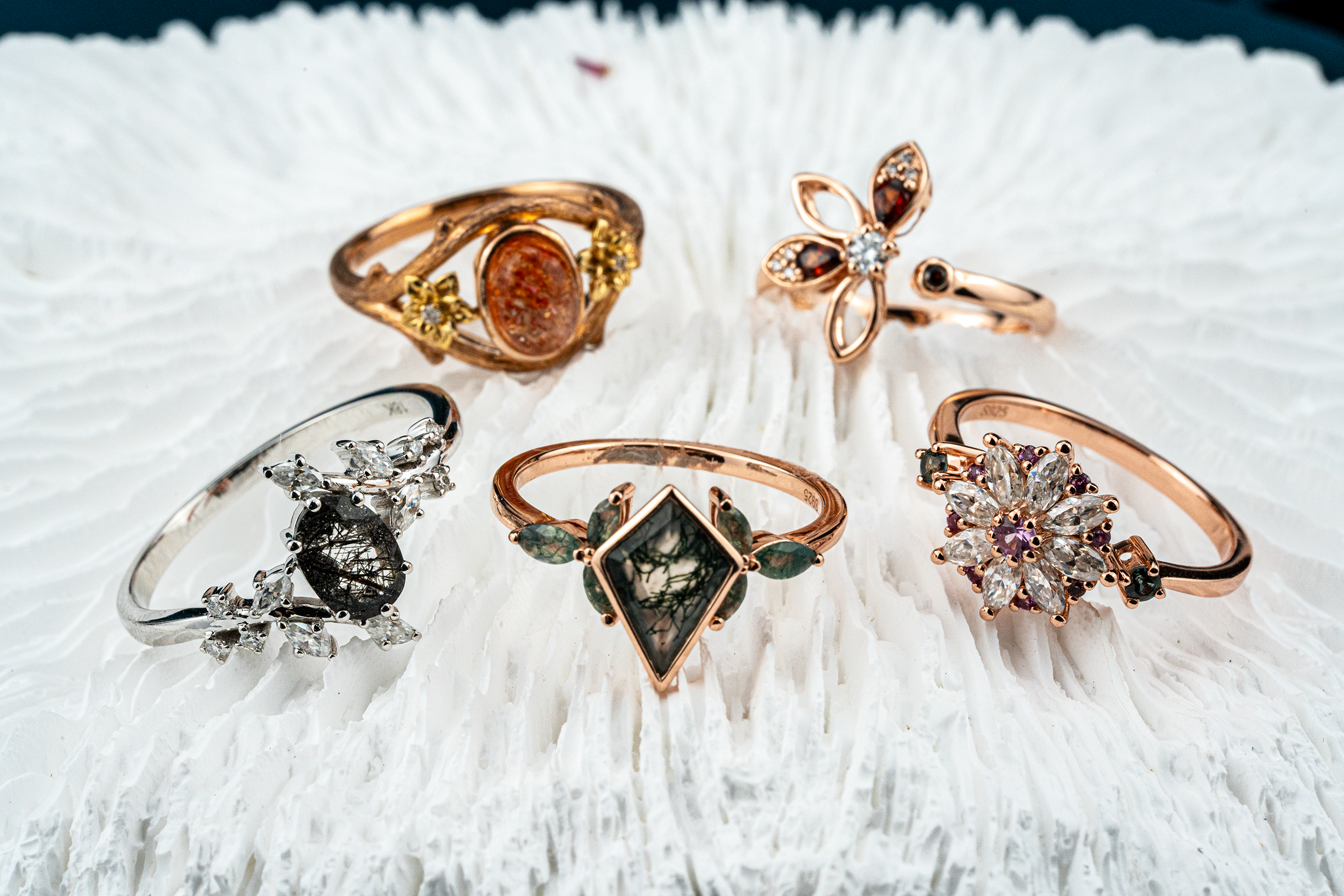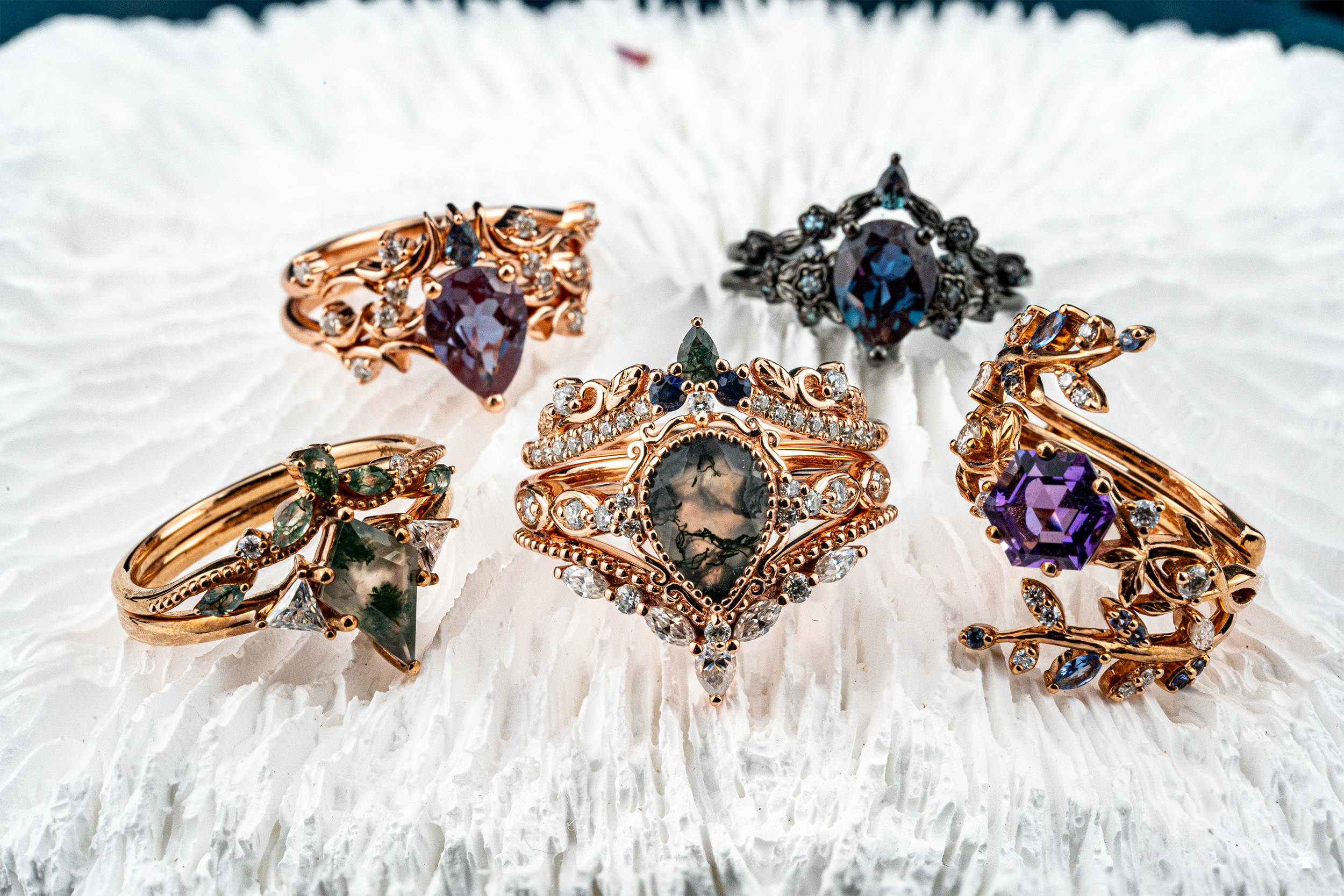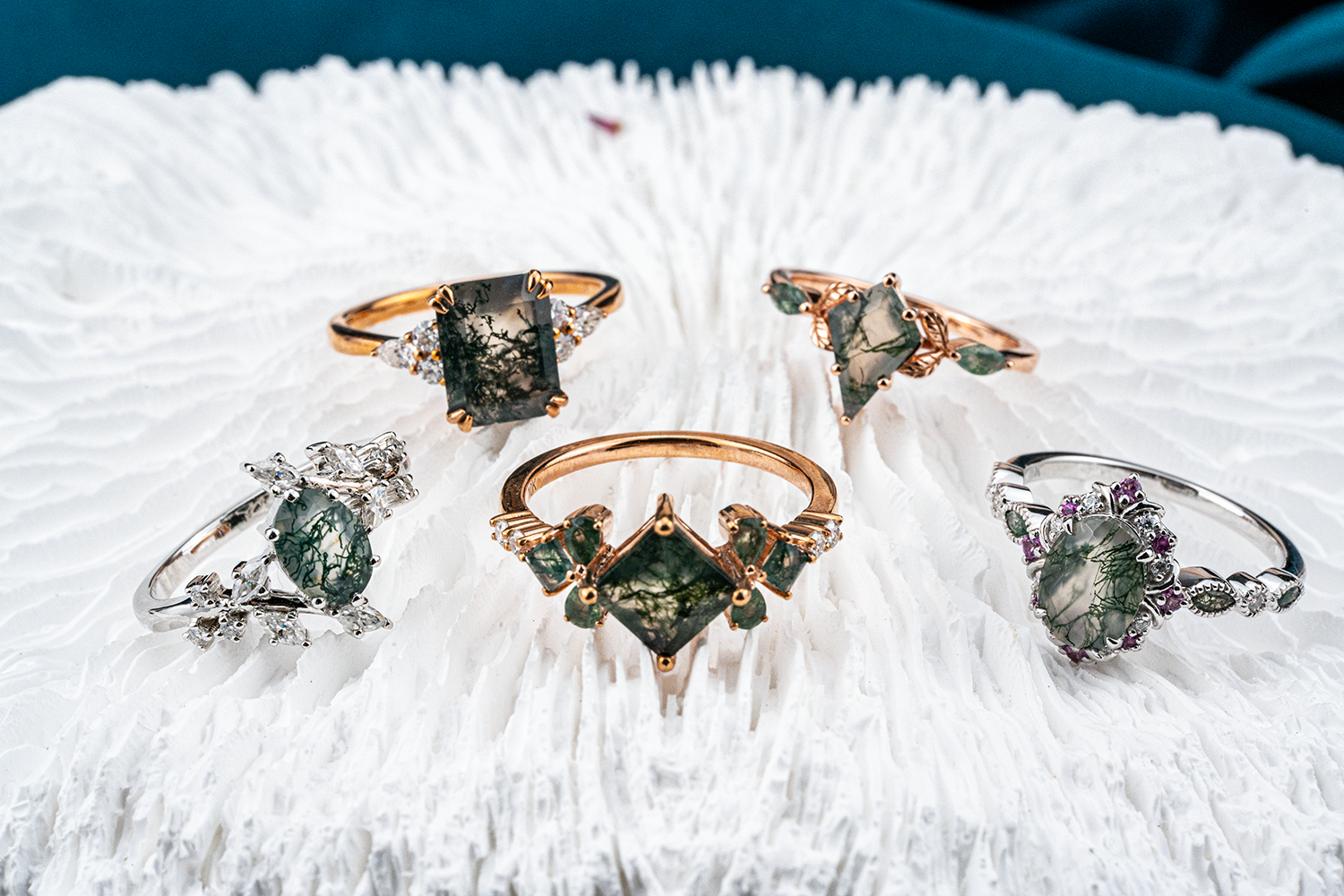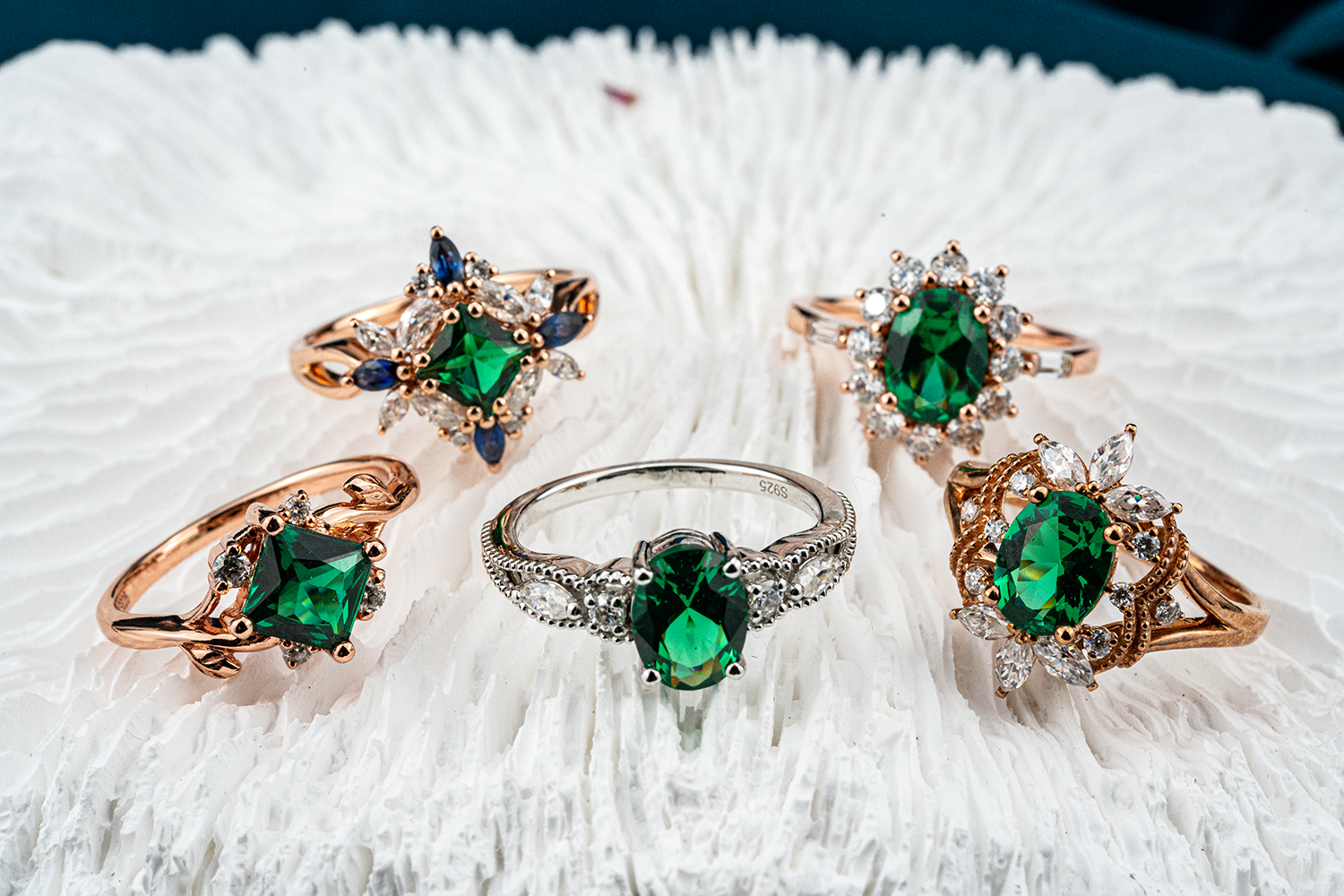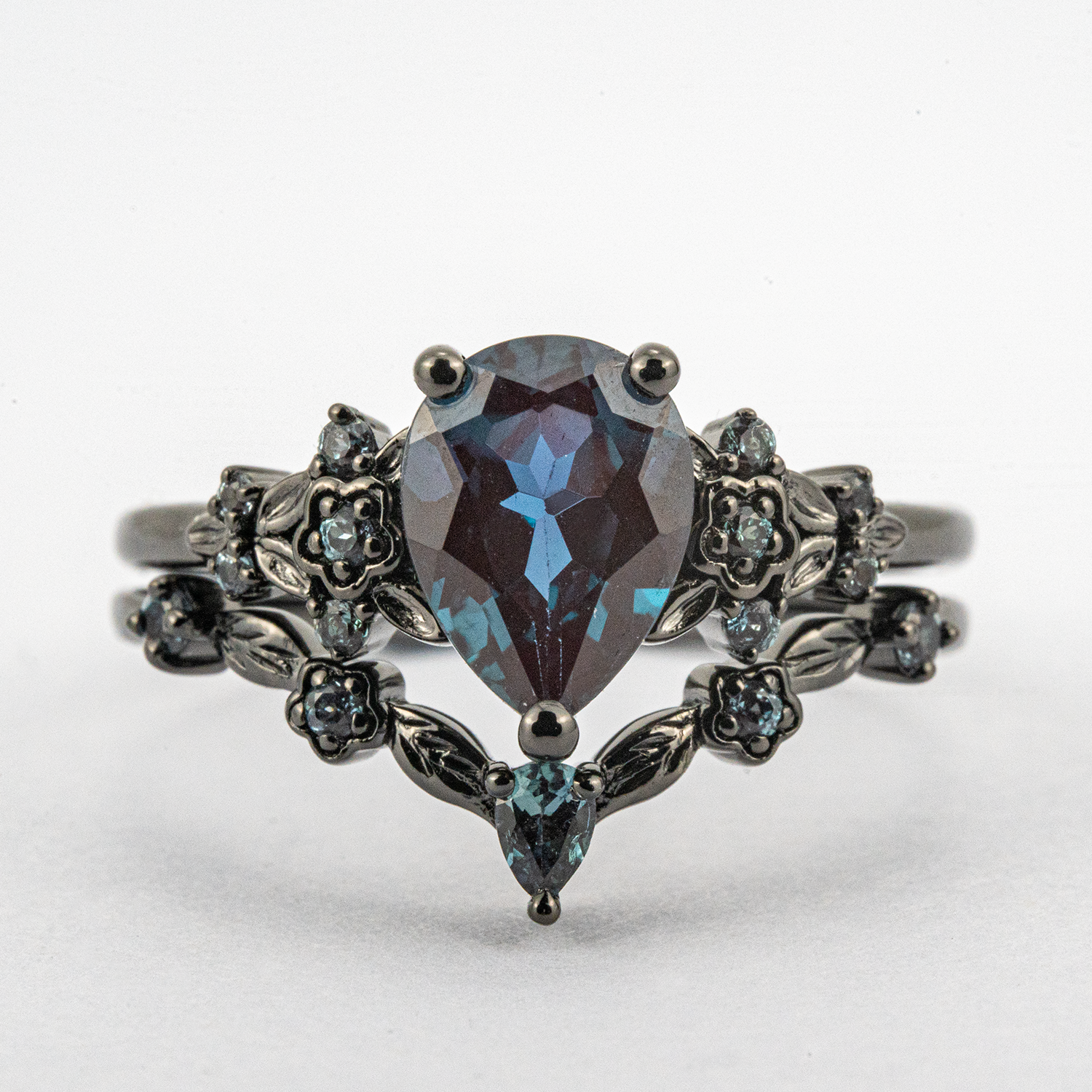Article: Navigating Rising Gold Prices: Smart Jewelry Choices & Future Market Outlook
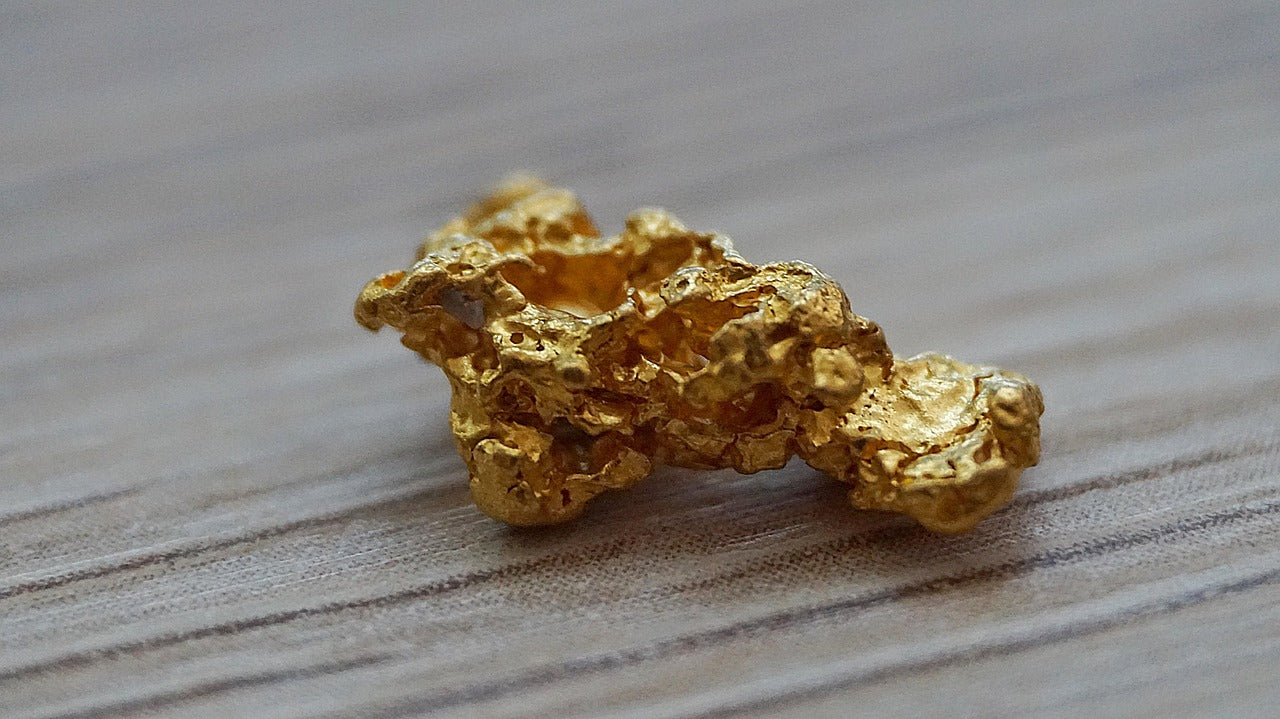
Navigating Rising Gold Prices: Smart Jewelry Choices & Future Market Outlook
As gold prices continue their impressive upward trajectory, many consumers and investors are wondering how to make savvy decisions when it comes to buying gold jewelry. With the spot price reaching new heights, understanding the market dynamics and exploring options across different budget ranges is more crucial than ever. This blog post will guide you through selecting gold jewelry at various price points and provide a professional analysis of where gold prices might be headed.
Why is Gold So Strong? A Snapshot of the Current Market
Gold's rally isn't happening in a vacuum. According to the World Gold Council (WGC), central banks have been consistent net buyers of gold, adding over 1,000 tonnes to global reserves in 2022 and 2023 combined, a trend that has continued into 2024. This institutional demand, driven by a desire for diversification and a safe-haven asset, provides a solid floor under prices.
Furthermore, persistent inflation concerns and geopolitical uncertainty continue to fuel investor appetite. When real interest rates (yield on bonds minus inflation) are low or negative, the opportunity cost of holding non-yielding gold decreases, making it more attractive. Data from Bloomberg shows that gold has historically performed well during periods of market stress and high inflation.
Choosing Gold Jewelry in a High-Price Environment
Buying gold jewelry in this market is not just a purchase; it's an acquisition of a tangible asset. Here’s how to approach it across different budgets:
1. The Accessible Tier (Under $700)
A higher gold price doesn't mean you're priced out. Focus on lower karat weights and smaller pieces that offer beauty and intrinsic value.
-
What to Buy: Delicate chains, simple stud earrings, slim bands, or charms. Consider 10K or 14K gold, which contain less pure gold but are more affordable and durable for everyday wear.
-
Pro Tip: Prioritize weight over elaborate design at this tier. A simple, solid gram of gold holds more value than a hollow, ornate piece.

2. The Mid-Range Tier ($700 - $4,000)
This budget allows for more significant pieces that can serve as both heirlooms and investments.
-
What to Buy: Substantial chains, statement earrings, branded bracelets, or rings with smaller accent stones. You can comfortably explore 14K and 18K gold options here.
-
Pro Tip: A well-made 18K gold necklace will retain its aesthetic and material value far better than a trendy, fast-fashion piece.

3. The Premium & Investment Tier ($4,000+)
At this level, you are making a significant investment in a high-value asset. The focus should be on purity, weight, and craftsmanship.
-
What to Buy: Heavy bracelets (like a Cuban link or a solid bangle), substantial gemstone rings with high-quality gold settings, or 22K and 24K gold jewelry, which is prized in many cultures for its purity.
-
Pro Tip: Consider "investment-grade" pieces. Look for hallmarks certifying purity (e.g., 24K, 999.9) and buy from dealers who are transparent about the exact gold weight and premium over the spot price.

Future Gold Price Outlook: What Can We Expect?
Predicting the future of any market is complex, but we can analyze the key factors influencing gold's trajectory:
Bullish Factors (Supporting Higher Prices):
-
Central Bank Buying: The trend of de-dollarization and reserve diversification, particularly by banks in emerging markets, is expected to continue.
-
Geopolitical Tensions: Ongoing conflicts and global instability will likely keep safe-haven demand elevated.
-
Potential for Rate Cuts: If the U.S. Federal Reserve and other central banks begin to cut interest rates to combat a potential economic slowdown, gold could see a significant boost as the opportunity cost of holding it falls.
Bearish Factors (That Could Pressure Prices):
-
Stronger-than-Expected Economy: If inflation is tamed without a major recession and economies remain robust, investor interest could shift to higher-yielding assets like stocks, reducing gold's appeal.
-
Sustained High Interest Rates: If central banks are forced to keep rates "higher for longer" to control inflation, it could create headwinds for gold.
The Professional Consensus:
Many major financial institutions, including Goldman Sachs and J.P. Morgan, have published outlooks maintaining a cautiously optimistic view on gold. They often cite central bank demand and its role as a geopolitical hedge as key reasons for their positive long-term forecasts. However, they also warn of potential short-term volatility.
Final Thoughts
The current high price of gold reinforces its status as a store of value. When buying jewelry, think of it as a dual-purpose acquisition: a piece you can enjoy and an asset you can hold.
-
For the Wearer: Choose pieces you love that fit your style and budget. Quality and craftsmanship always pay off.
-
For the Investor: Focus on purity and weight, and always buy from reputable sources.
While the future is never certain, the fundamental drivers for gold appear strong. By making informed choices today, your gold jewelry can be both a beautiful adornment and a wise financial decision for tomorrow.
